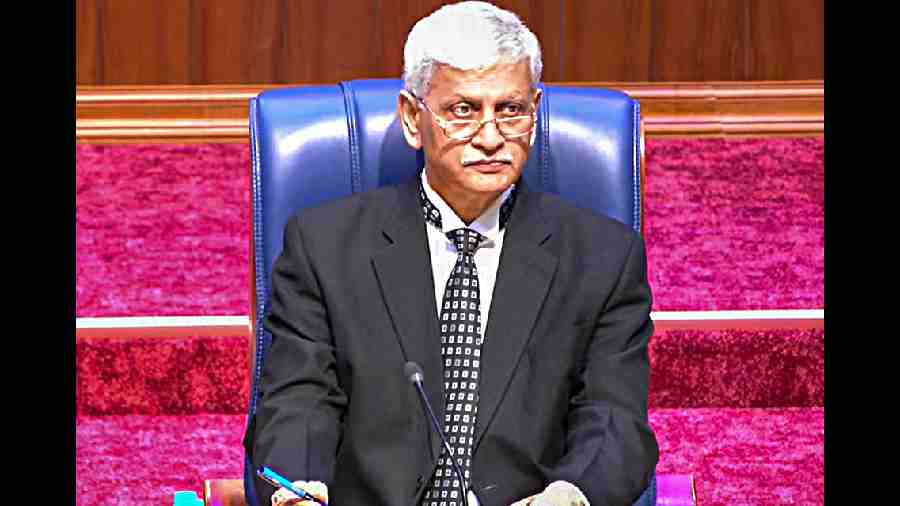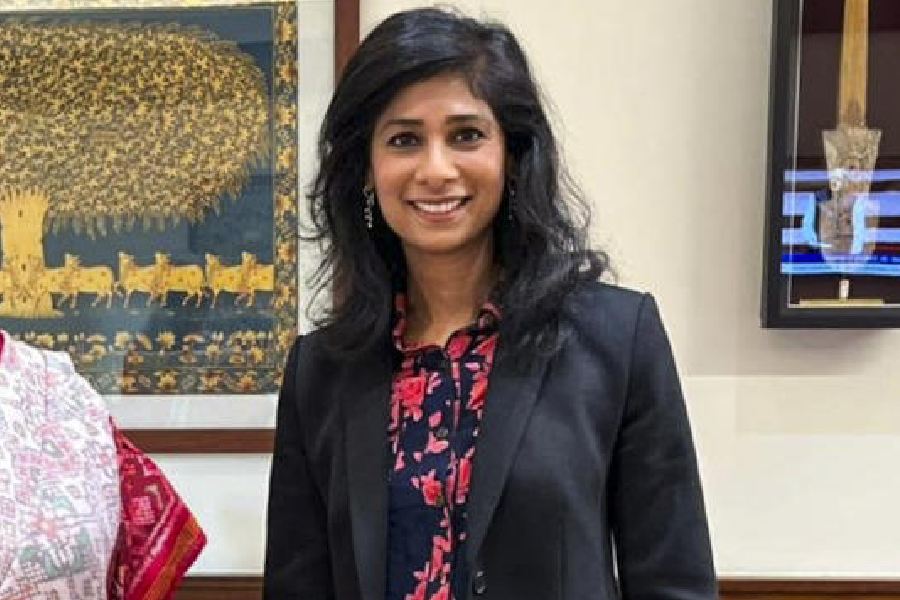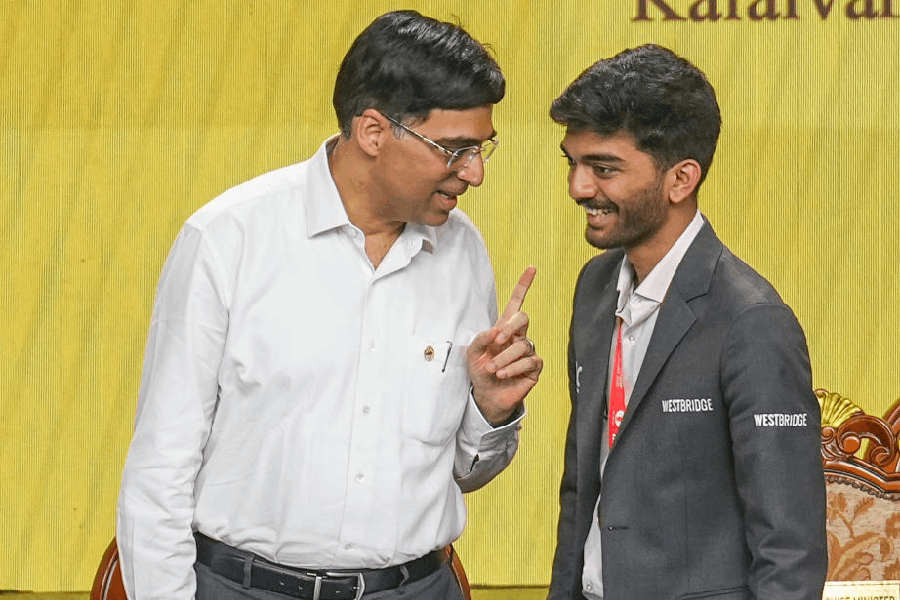The average tenure of a Chief Justice of India in the last three decades has been approximately 13 months. It is unsurprising that in such a short time, successive CJIs have rarely been able to conceptualise and implement their desired reforms. The ambitious plans of CJI Bobde for an AI-enabled judiciary never saw the light of day; similarly, a National Judicial Infrastructure Corporation to modernise judicial infrastructure, the brainchild of CJI Ramana, remained stillborn. Go back a bit in time and the impassioned appeal to the government to fill up judicial vacancies by CJI Thakur largely fell on deaf ears. Each of these was a good idea whose implementation would have improved judicial functioning in various ways. But the lack of a collective, longterm vision for the judiciary meant that the idea remained unhelpfully intertwined with the individual. Not surprisingly, it went into cold storage when its sponsor moved on.
Much of this should make incoming CJIs introspect on how their legacy can live on after them. Central to that objective is the need to make their legacies larger than themselves. Nowadays, whenever a new CJI takes over, there is typically a media interview or two that appear. In a discernible pattern, that interview has the effect of humanising the judge, revealing the personable interior behind the unflappable judicial exterior, giving him (no women CJIs so far) an opportunity to spell out his vision for the future. This script needs to change. For journalists on the legal beat who are granted such access, they need to ask tough questions of the holders of the highest judicial office. Why are judicial delays increasing? Why are so many judgments so long and unreadable? How can the faith in the criminal justice system be restored? Without such difficult questions, these interviews make journalists appear like awestruck law interns rather than interrogators tasked with speaking truth to power.
For incoming CJIs too, an interview at the time of taking charge of the Supreme Court should represent not the beginning of a journey but a culmination. The hard work before they are appointed should involve travelling the length and the breadth of the country, speaking to their judicial brethren, consulting lawyers, court staff and litigants, charting out budgets and hammering out a workable reform agenda with the government. The culmination of that journey should be the presentation of a holistic, consensus-based plan which the judiciary can remain committed to beyond his tenure. Conceptualising, implementing and communicating this collective plan in a public interview will be more beneficial for citizens than vague judicial reforms’ wish lists.
It is in this context that the short, 74- day tenure of U.U. Lalit as CJI shows the way ahead. Short tenures have historically been opportunities for high-visibility, institutional-level solutions. CJI Lodha, in a 154-day tenure, managed to reinvigorate the appointment of lawyers directly from the Bar to the Bench of the Supreme Court with the recommendation of Justice Lalit himself, besides Justice Rohinton Nariman and Gopal Subramanium. Two decades previously, in an 86-day tenure, CJI L.M. Sharma listed and disposed of a knotty matter relating to the constitutional position of Sikkim in the Indian Republic. Short tenures tend to give their incumbents longer ropes from governments and other stakeholders who usually tend to be accommodative. Similarly, CJI Lalit, too, managed to implement three institutional changes of far-reaching significance during his time.
First, it was during his tenure that six Constitution benches heard complex questions of constitutional law. Constitution benches, of five judges or more, to resolve such questions are the raison d’être of the Supreme Court. But over time, with no Constitution bench functioning, an impression gained ground that the Supreme Court dithers on hearing such significant matters, ostensibly because of a shortage of judges. CJI Lalit has firmly dispelled this myth. With Constitution benches hearing cases on reservation for economically weaker sections, the legal validity of demonetisation, the legality of WhatsApp’s privacy policy, the continuing quest to implement living wills, and the legality of the change of guard in Maharashtra, the momentum has now been set for Constitution-bench hearings throughout the year. He leaves the court with 489 pending Constitution bench matters, down from 493, and moving in the right direction. Future CJIs cannot flippantly buck this trend.
Second, the role of the CJI as Master of the Roster with sole authority to list cases before benches of the Supreme Court has been under intense scrutiny for some time. In the current age of transparency, with the Supreme Court demanding transparency of others, the CJI cannot remain above such demands. There must be a clearly articulated method for the listing of cases that are filed in the Supreme Court. CJI Lalit has brought some method to the madness by transparently listing long-languishing cases on a regular basis. He has also weeded out a large number of matters, which were defectively filed, possibly to prolong the dispute. The Bar has been united in its appreciation of these changes. They need to be further built upon.
Third, it was during his tenure that the Supreme Court finally started live-streaming of its hearings. It had passed a judgment in 2018 that court proceedings ought to be live-streamed and recommended rules being framed for this purpose. Successive CJIs did their bit in implementing this judgment. But it was during the tenure of CJI Lalit that with the cases on dissolution of the Maharashtra legislative assembly and the reservation for economically weaker sections of society, the court went live. This is a long-term reform of immense magnitude, taking the court closer to the people, electronically and metaphorically.
Tenures, short or long, can achieve much institutionally if the actions taken are not arrived at unilaterally, respond to acknowledged deficiencies, and form part of a larger, collective plan. CJI Lalit has made a strong start. As the baton passes to CJI Chandrachud, so too does the task of formulating a comprehensive vision for a future-ready judiciary under whose umbrella reform agendas of successive CJIs can fit. It can no longer be a case of ‘Après moi, le déluge’.
Arghya Sengupta is Research Director, Vidhi Centre for Legal Policy. Views are personal










